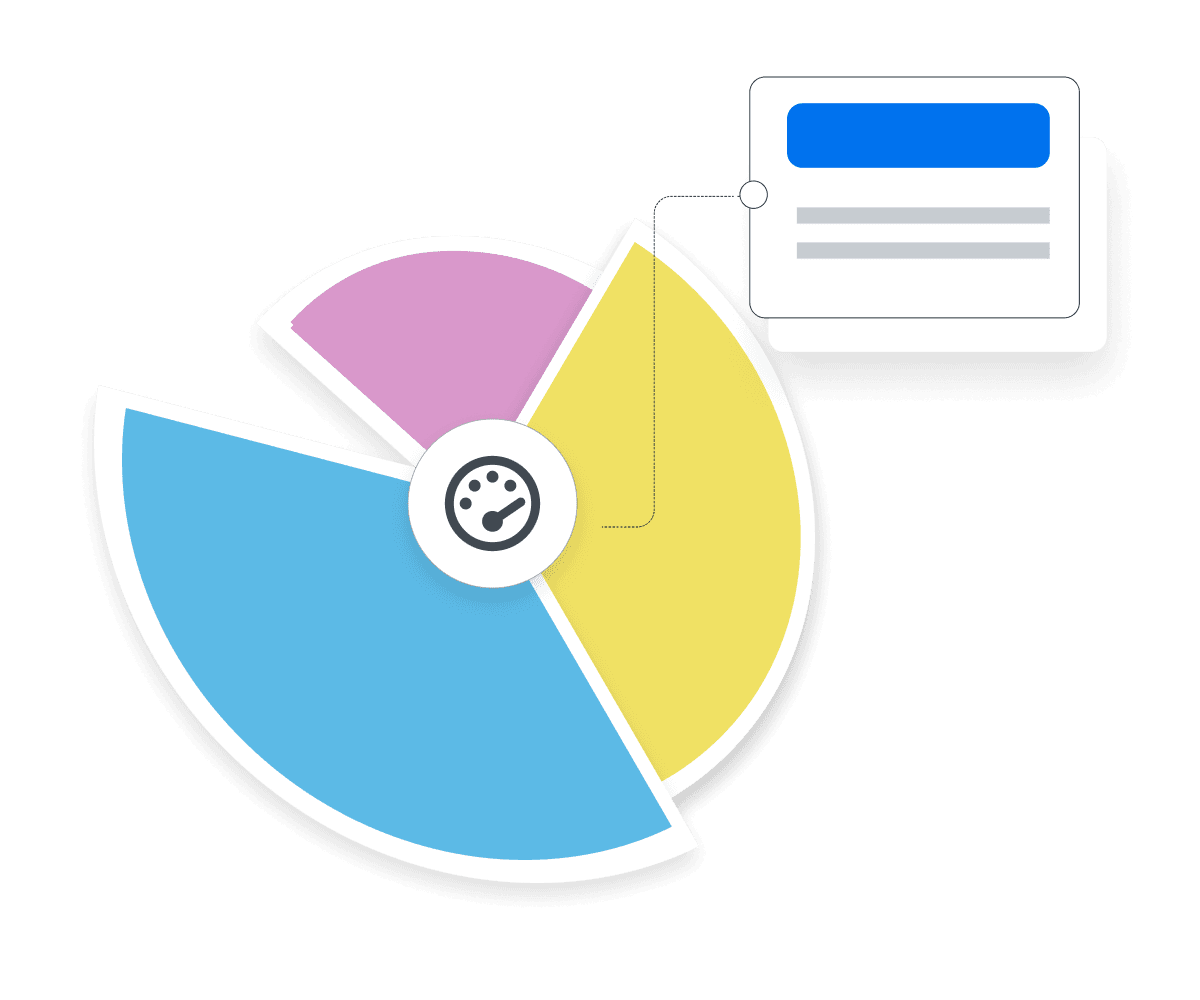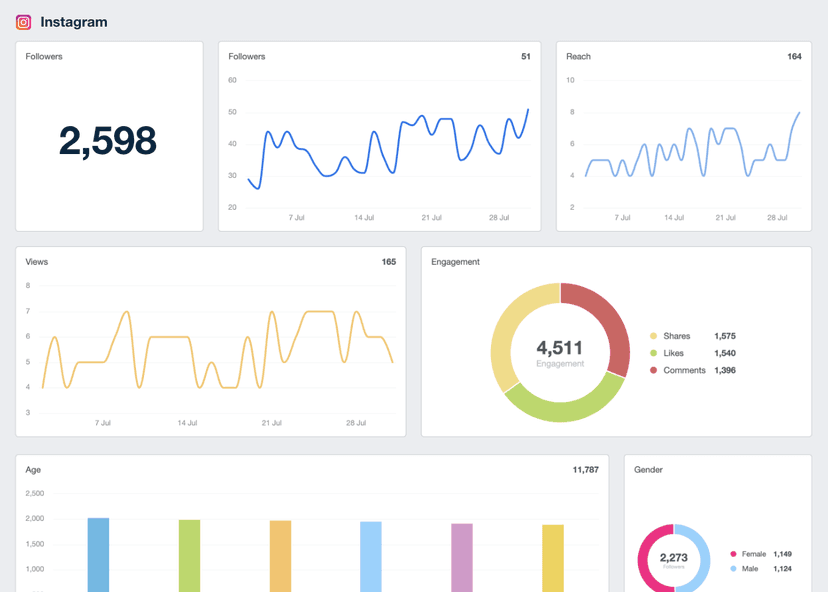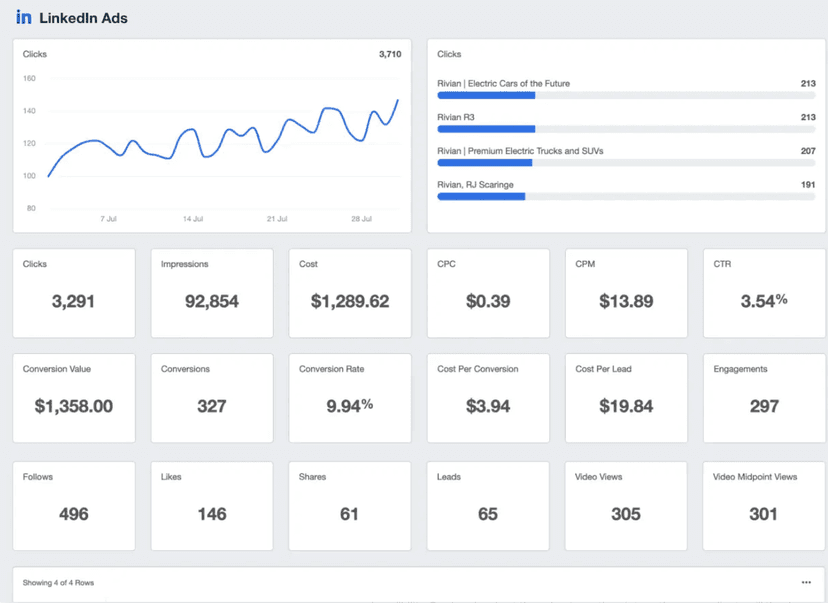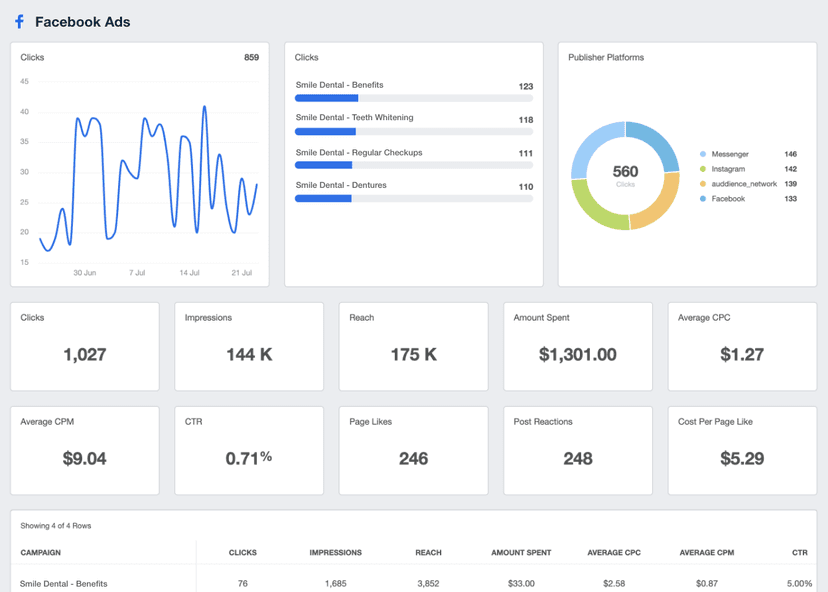Ad Frequency
Client Reports
Demonstrates the relationship between digital marketing campaigns client’s campaign reach and awareness goals.
Optimizing Ad Reach
Identify the “sweet spot” where the ad is seen enough times to be effective without overexposure and set a frequency cap.
Targeting Strategies
Identify audience responses to various Ad Frequencies and tailor digital advertising campaigns for optimal engagement.
A/B Testing
Shows how different advertising frequency levels impact engagement and conversion.
Why Ad Frequency Is Important
Think of frequency in advertising as a “thermometer” used in the delivery of marketing campaigns. It gives a clear insight into how often users see specific digital ads. This helps to gauge its impact on brand recall and message retention, enabling the performance of a campaign to be fine-tuned for the best results.
It also informs a company’s budgeting decisions. Track track ad frequency and use that data to gauge the optimal Ad Frequency for a given audience provides laser-like precision in budgeting. That way, companies make informed decisions about increasing or decreasing their ad spend. Even more, this metric helps you figure out the best channels and platforms for delivering the advertising message at the right frequency.

Stop Wasting Time on Manual Reports... Get PPC Insights Faster With AgencyAnalytics
How Ad Frequency Relates to Other KPIs
Ad Frequency is only a piece of the ad metrics puzzle. It impacts other KPIs, and vice versa. For instance, Ad Frequency directly affects CTR (Click-Through-Rate). As Ad Frequency increases, initial rises in CTR often follow, reflecting increased interest. However, a prolonged increase in Ad Frequency may lead to saturation, causing a decline in CTR as audiences experience ad fatigue.
Ad Frequency also affects Return-on-Ad-Spend. Optimizing frequency helps agencies achieve better returns on campaigns, ensuring that their ad spend generates the desired results without overspending on excessive exposures.
Conversion Rates give more context when gauged alongside Ad Frequency. If Conversion Rates spike at a certain Ad Frequency, then this effective frequency level should be maintained and iterated for even better results.

How To Calculate Ad Frequency
Ad Frequency shows the relationship between ad reach and ad impressions. It is calculated by dividing the total number of impressions by the number of individuals reached.
For instance, if an ad has been displayed 10,000 times and has reached 5,000 unique users, the Ad Frequency would be 2 impressions per person.
Ad Frequency Formula Example
How To Set Ad Frequency Benchmarks and Goals
Ad Frequency doesn’t have a fixed good or bad measure. Its benchmark varies based on campaign objectives, industry, target audience, platform, and nature of the ad content.
For instance, some campaigns experience a decline in results once the Ad Frequency hits the 1.8 - 2 mark. And some get great results with a frequency of 20+ monthly.
Setting the perfect benchmark requires using past campaigns as a reference point, testing, analyzing, and iterating new campaigns to find the optimal Ad Frequency for a target audience.
Why Ad Frequency Matters to Clients
For clients, Ad Frequency is crucial to brand visibility and recall. A strategic Ad Frequency ensures that a brand remains top-of-mind among its consumers, fostering familiarity and trust. By consistently exposing audiences to the brand's message, clients solidify their presence, which influences purchasing decisions when consumers encounter their products or services.
Furthermore, Ad Frequency is pivotal in driving conversions by nurturing and retaining leads. An optimal frequency ensures that potential customers encounter the brand at crucial touchpoints, reinforcing their interest and nudging them toward conversion. By strategically placing ads at the right frequency, clients increase their chances of turning leads into loyal customers, thus maximizing the return on their advertising investment.

Why Ad Frequency Matters to Agencies
Agencies gauge Ad Frequency with other KPIs to learn more about their client’s audiences, behaviors, and buying decisions. While they need to strengthen brand recall and familiarity, agencies understand that the key to results lies in finding the optimal Ad Frequency, as overexposure or underexposure adversely affects Conversions.
Ad Frequency provides valuable insights. Analyzing Ad Frequency helps agencies understand audience behavior, preferences, and the effectiveness of ad campaigns. This data-driven approach enables them to make informed decisions, refine targeting strategies, and continuously optimize campaigns for better performance and ROI. In essence, Ad Frequency serves as the foundation for agencies to deliver impactful, cost-effective, and strategically sound advertising campaigns to their clients.

Save Time and Money by Automating Your Client Reporting
Best Practices When Analyzing and Reporting on Ad Frequency
Analyzing and reporting Ad Frequencies from various platforms, campaigns, and channels ensures that every ad campaign is based on factual data and is primed for the best results before launching.
Analyze Ad Frequency Over Time
Observing the response of the target audience to a frequency over time gives detailed insight into user behavior that guides strategic decision making.
Compare Ad Frequency Across Channels
Audience response to a set Ad Frequency across several channels provides insights into platform-specific preferences.
Put Ad Frequency in Context
Show how an adjustment to Ad Frequency impacts other KPIs like ROAS (Return-On-Ad-Spend), Engagement, and Conversions.
Align Ad Frequency to Client Goals
Make reports specific by linking Ad Frequency to client goals and desired results, such as increased revenue and brand awareness.
Visualize Ad Frequency Performance
Visual information aids understanding and actionability for agencies and clients alike. A simple graph better illustrates the connection between Ad Frequency and other metrics.
Include Actionable Recommendations
Actionable recommendations guide clients on the next step, the right budget, and channel to focus on.
Google Ads Dashboard Example

Related Integrations
How To Improve Conversion and Engagement Through Ad Frequency
Improving conversion and engagement through Ad Frequency goes deeper than showing an ad to users more often. It’s about delivering the right message to the right audience at the right time and frequency. Finding the right balance between visibility and relevance is key.
Audience Segmentation
A/B test to determine the response of audiences to different Ad Frequencies, guiding ad campaign decisions.
Vary Ad Creatives and Formats
Reduce ad fatigue by switching up ad creatives and formats across various channels to retain audience attention.
Frequency Capping
Set a limit to the number of times an ad appears to a target audience, thus avoiding ad fatigue.
Related Blog Posts
See how 7,000+ marketing agencies help clients win
Free 14-day trial. No credit card required.











